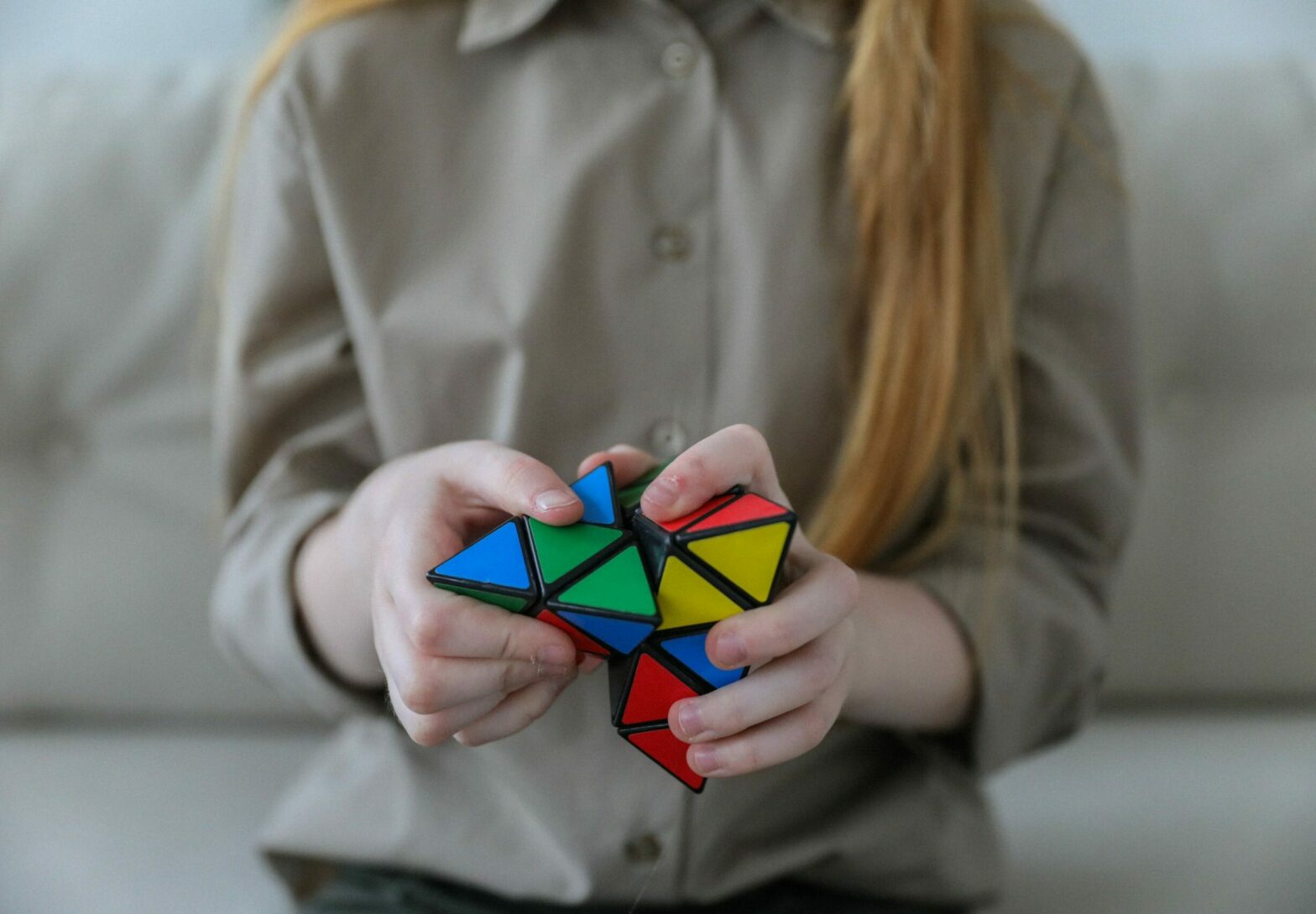Behavioural Pattern: Streamlined repetition User goal: reducing unnecessary effort/frustration. Streamlined repetition “gives the user an easy way to repeat things that need to be repeated”[1]. The goal is to reduce frustration and optimise efficiency. When to consider streamlining tasks Consider streamlining tasks, when users need to do the same task repeatedly. Especially, if the task… Continue reading Streamlined repetition – Behavioural UX
Streamlined repetition – Behavioural UX












